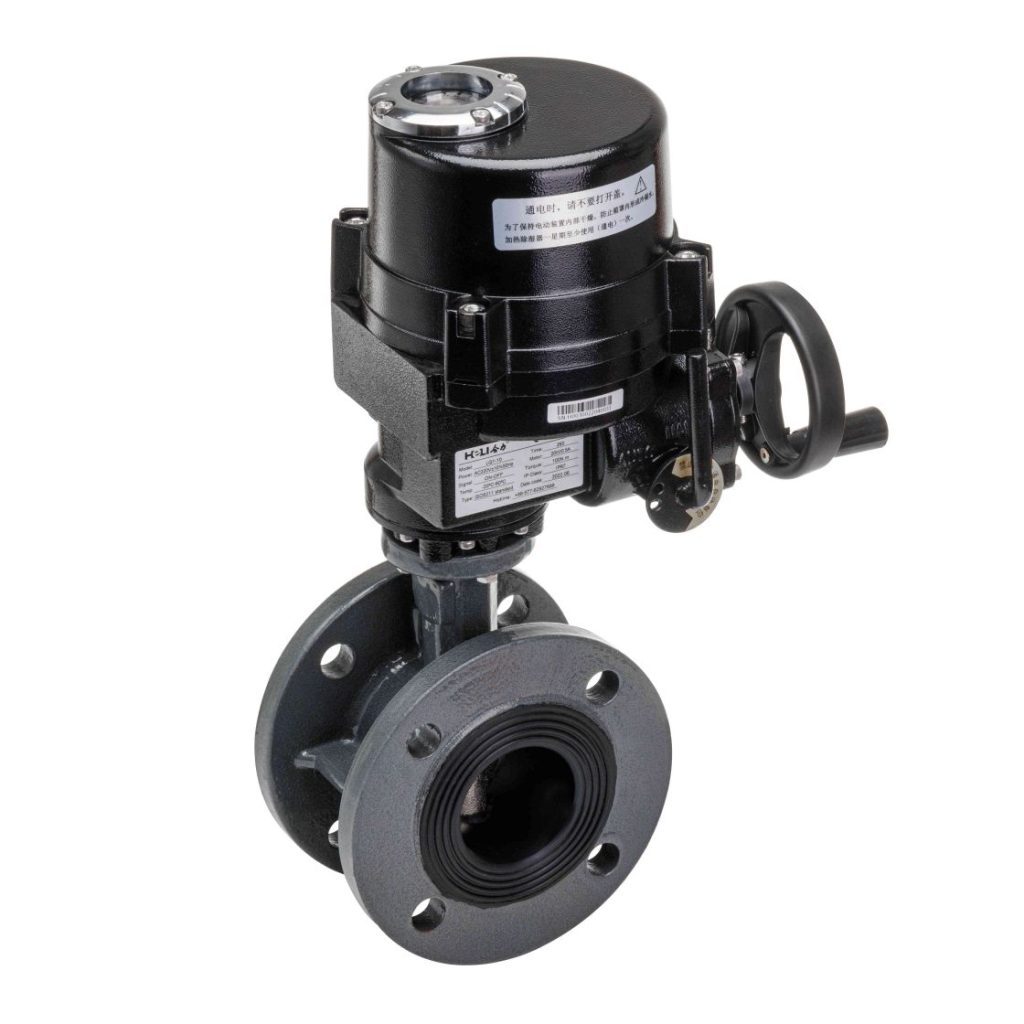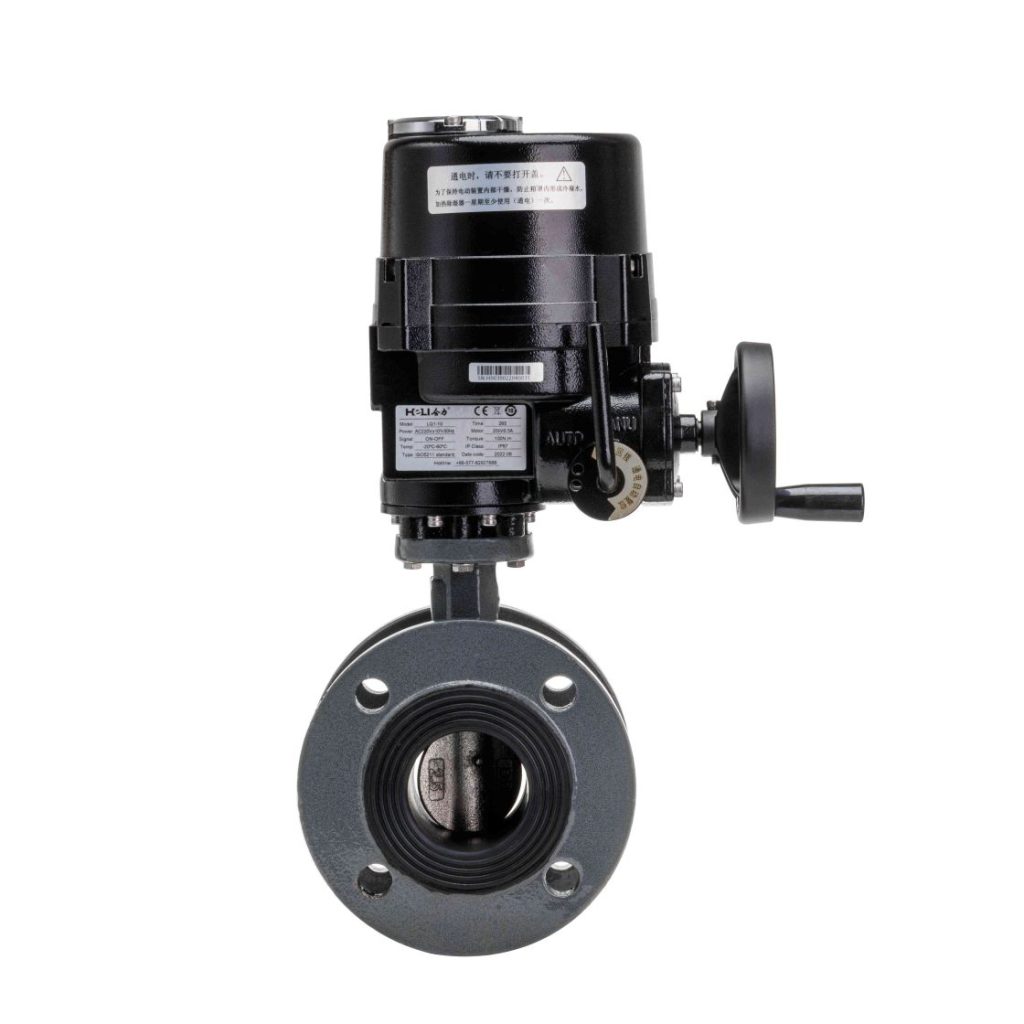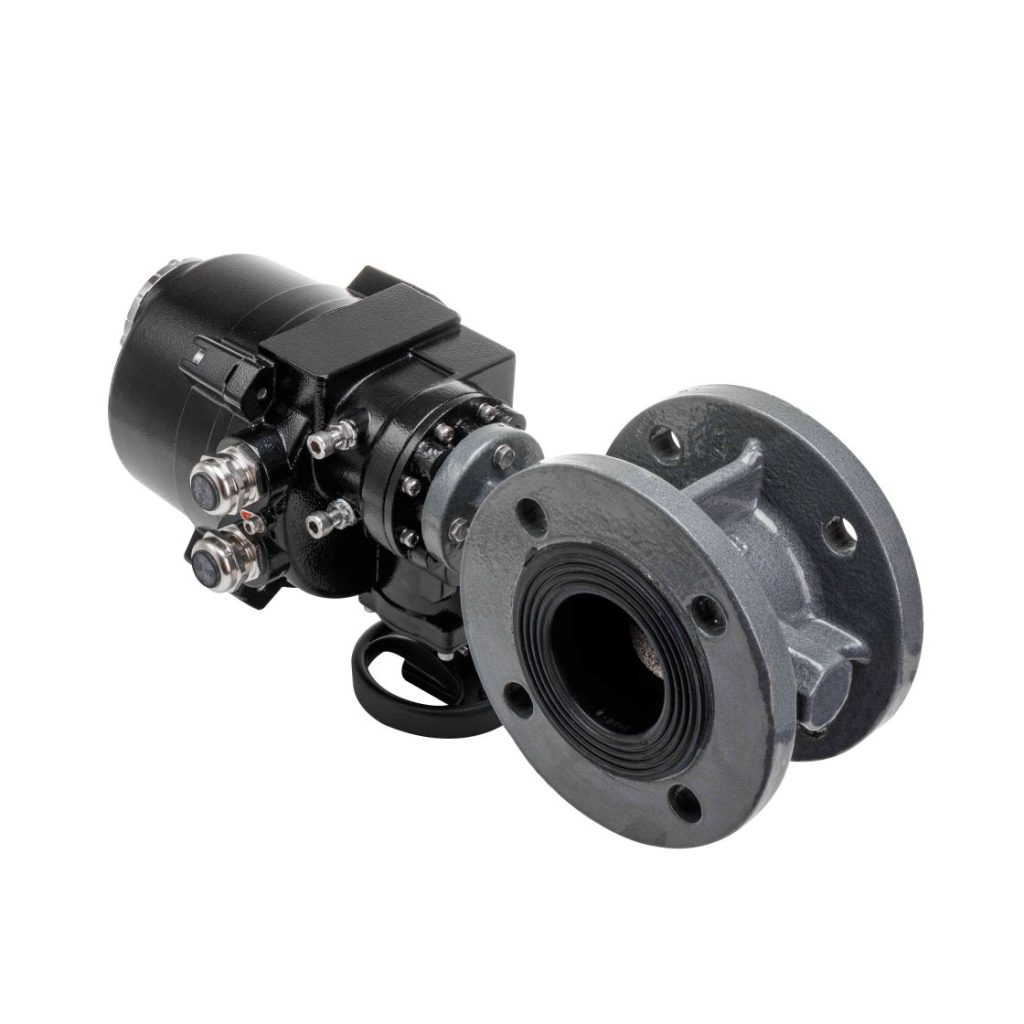In modern industries, efficient fluid control systems are crucial to ensure smooth operations and prevent costly downtimes. Among the various types of valves used in these systems, the stainless steel electric ball valve stands out as a highly reliable and versatile option. This article explores the key features, benefits, and applications of stainless steel electric ball valves, shedding light on why they have become a popular choice in fluid and gas management.

What is a Stainless Steel Electric Ball Valve?

A stainless steel electric ball valve is a type of valve used to control the flow of liquids and gases in pipelines. It combines a stainless steel ball valve with an electric actuator, allowing for automated control of fluid flow. The valve is constructed with a spherical ball that has a hole through the center, and when the valve is open, the hole aligns with the flow path, allowing the fluid or gas to pass through. When the valve is closed, the ball rotates to block the flow, ensuring complete shut-off. The electric actuator enables remote control, making it highly suitable for automated systems. These valves are often preferred in industries requiring precise flow control and automation, such as chemical processing, water treatment, HVAC systems, and food and beverage production.
